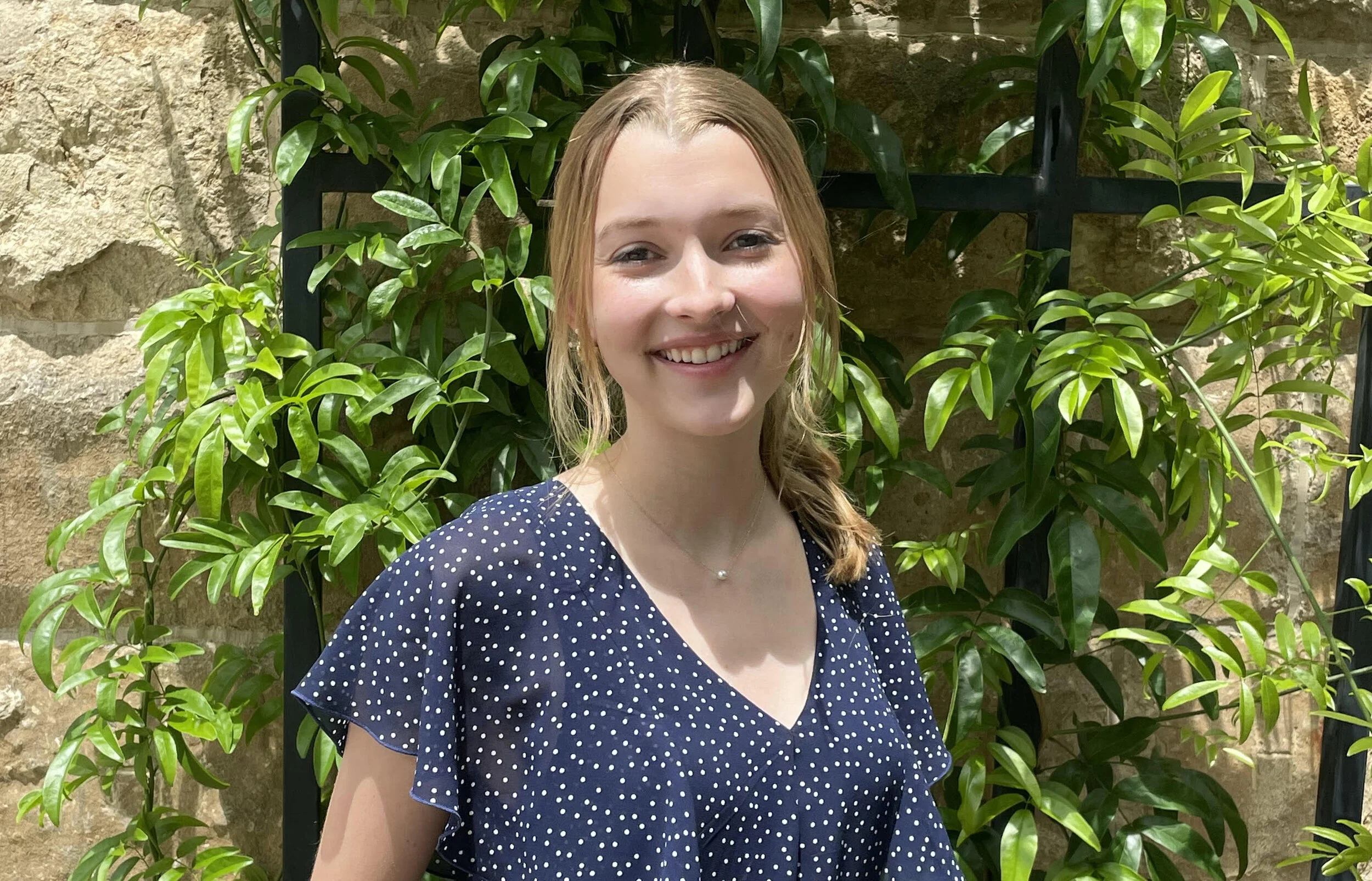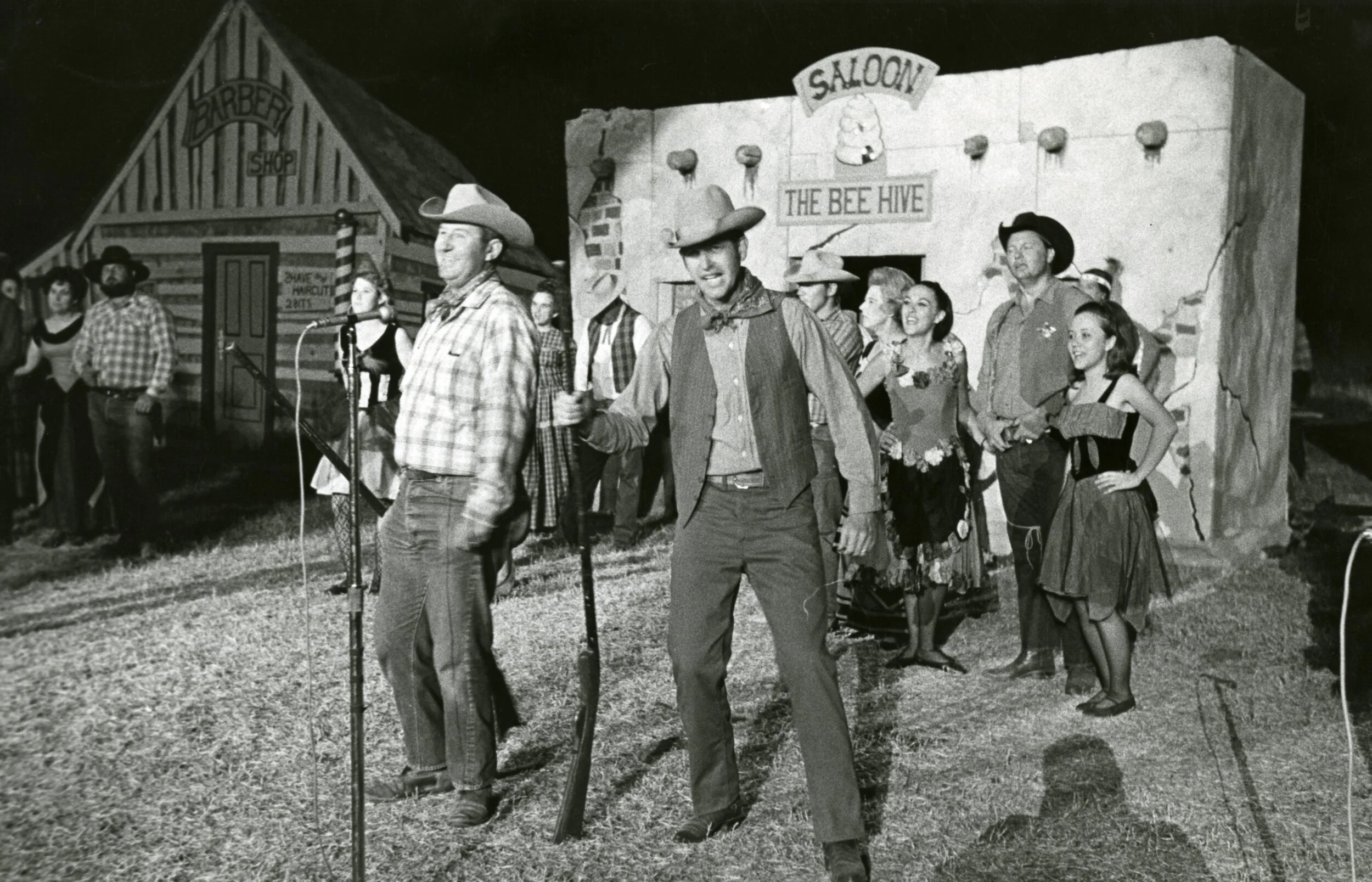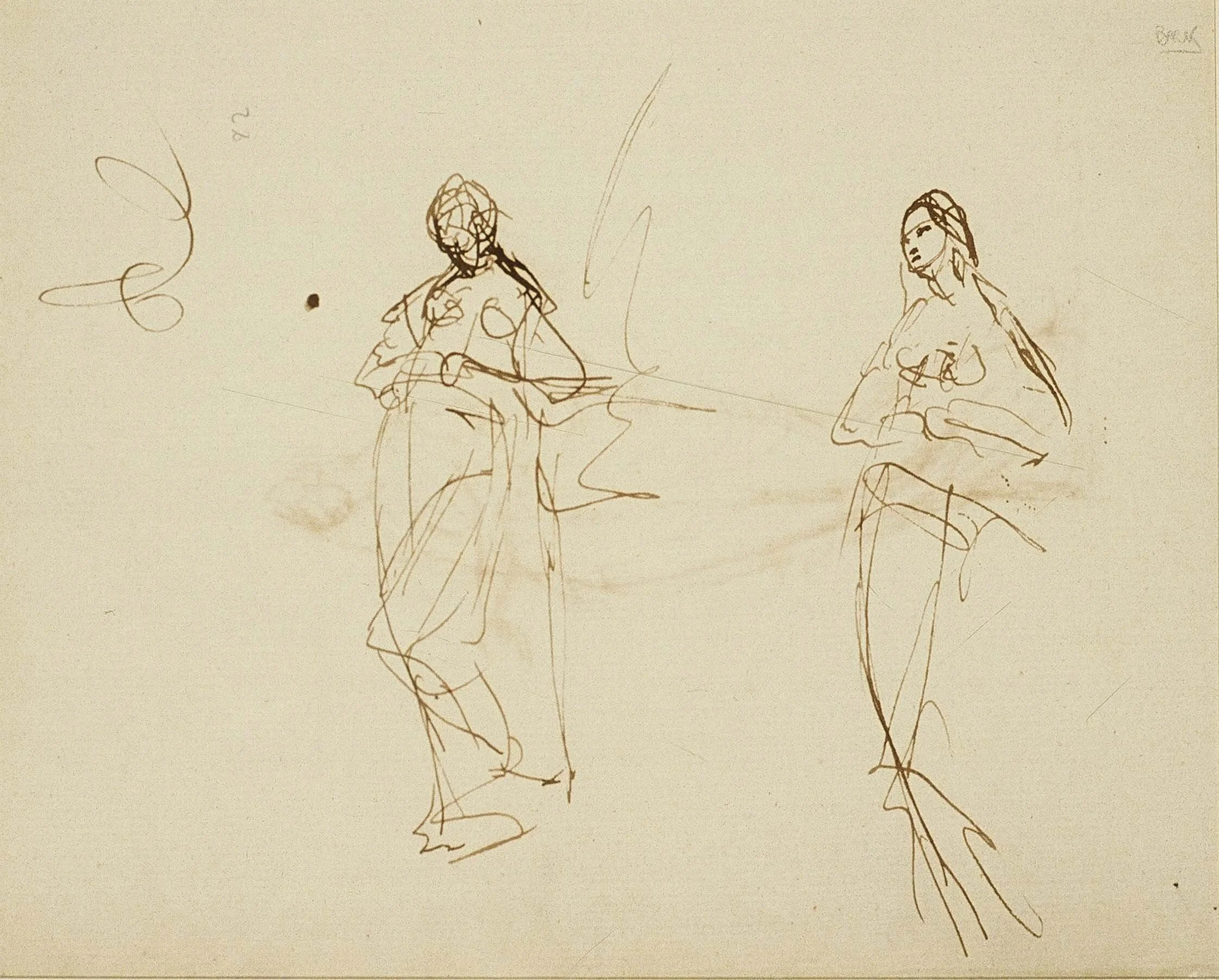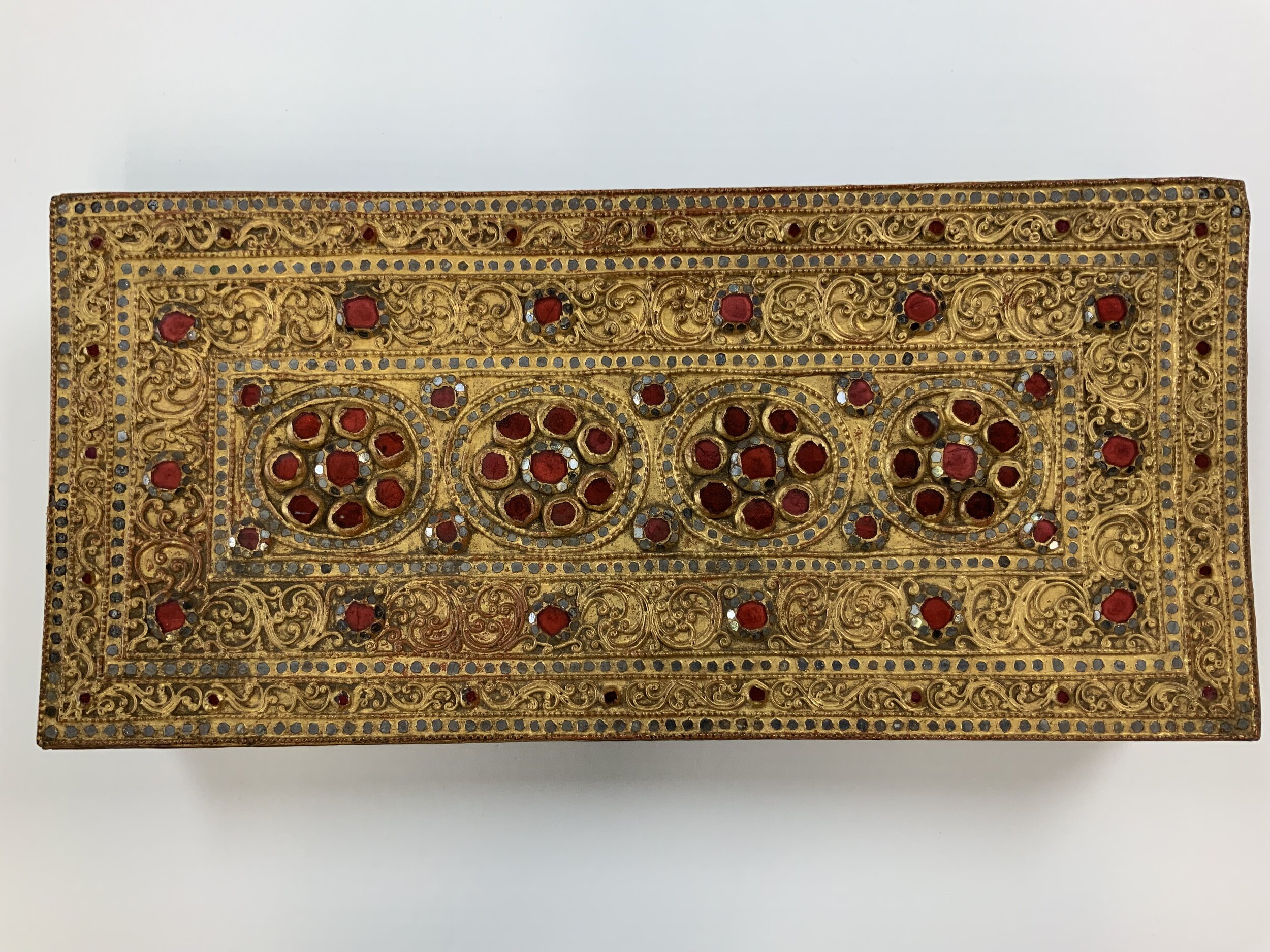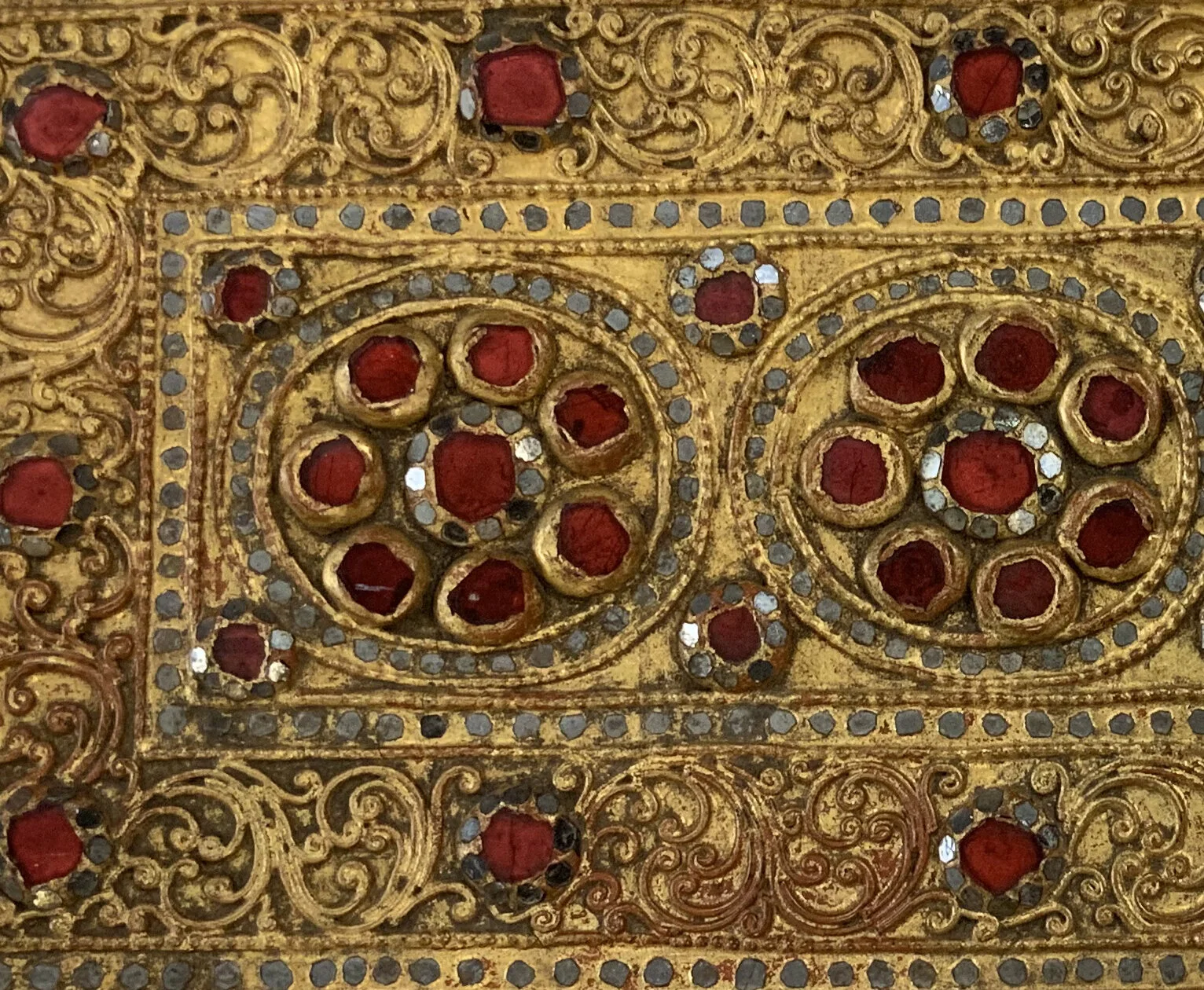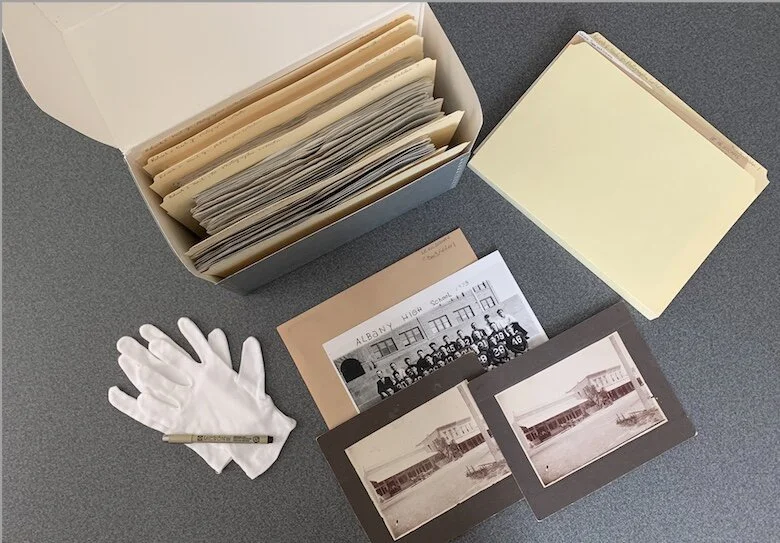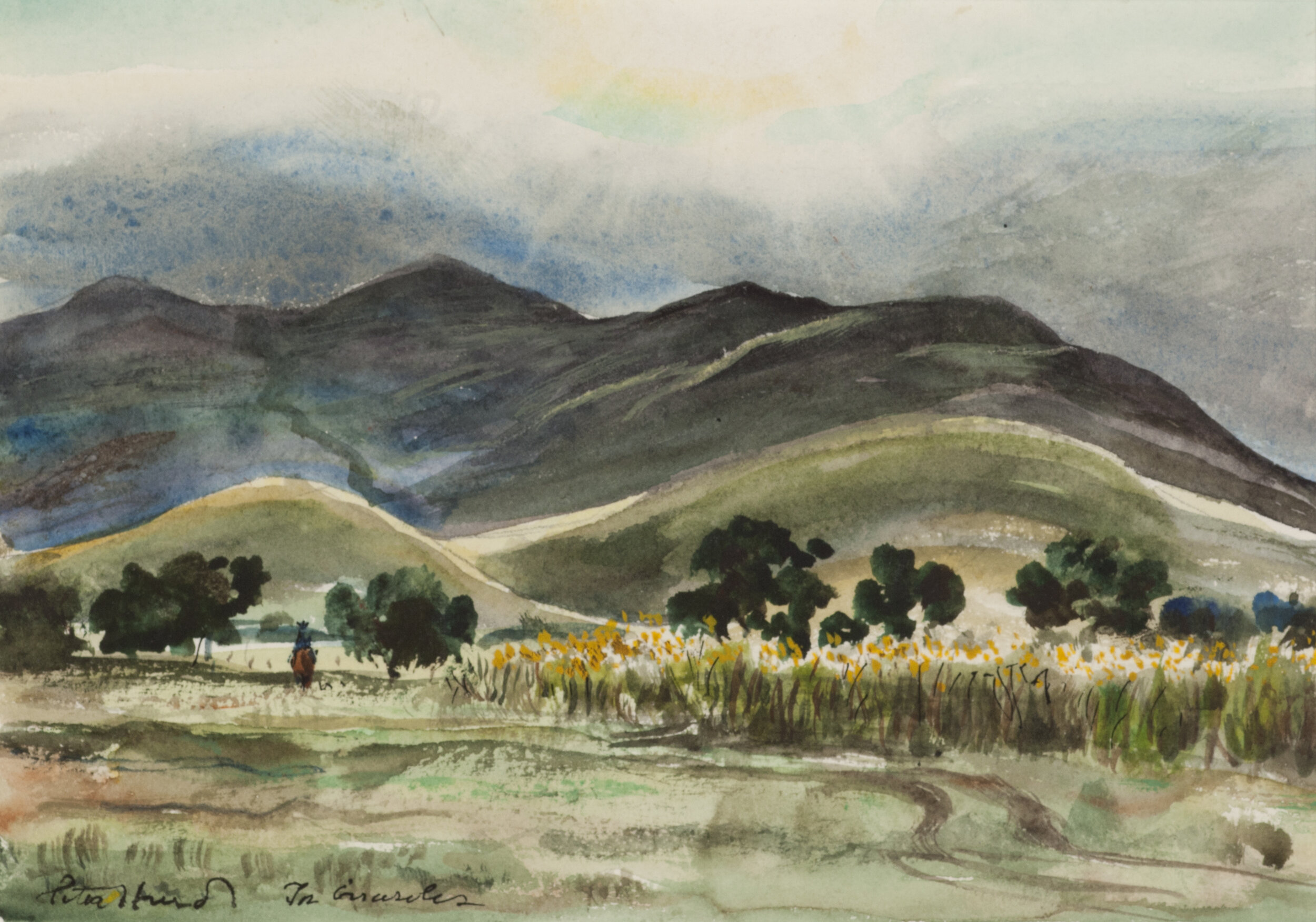At the age of 16, Doris Porter (Caesar) was dividing her time between mornings at the proper Spence School for girls and afternoons in the bohemian atmosphere of the Art Students League in New York City. It was there that she participated in liberated discussions of art and politics energized by the Ash Can movement, best known for portrayals of daily life in the poorer neighborhoods of NYC.
At the age of 21, Caesar married and put her career on hold to raise three children. Twelve years later, she slowly began to re-emerge as a sculptor. During this time, Caesar studied under Alexander Archipenko, the pioneering cubist who had recently arrived from Paris. In 1927, Caesar cast her first bronze sculpture and took it to Erhard Weyhe, a champion of emerging artists who ran a combined bookstore-art gallery in New York. This visit proved to be the beginning of a long relationship that resulted in a series of solo shows beginning in 1935.
Caesar’s development was very much affected by Weyhe, who was an enthusiast of German expressionist art. Early on, Caesar intuitively turned away from modeled classical forms and developed a personal style characterized by expressionist distortion. She purposefully exaggerated the sinewy forms of the female figure and left evidence of her unsmoothed thumb marks as a textural element in the finished bronzes.
Caesar enjoyed a successful and prolific career. Most notably, 40 of her sculptures were exhibited in a four-person show titled Four American Expressionists at the Whitney Museum of American Art in 1959.
Amy Kelly
Kneeling Woman, c. 1955. DORIS CAESAR. Bronze. 1992.105
















